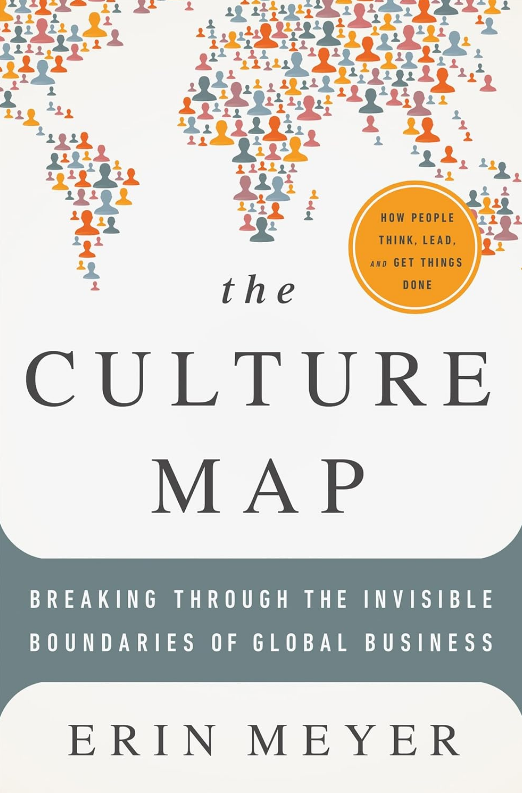Part 3: Offshoring Is a Business Model—Not a Cost-Cutting Exercise
 > _"Startups build for scale. Consulting firms often build for speed—until they hit a wall."_
> _"Startups build for scale. Consulting firms often build for speed—until they hit a wall."_
I’ve seen it too many times.
In Part 1, I explained why consultants get laid off even when revenue is good.
In Part 2, I showed how a hybrid offshore-onsite model gives companies more time before resorting to cuts.
Now let’s talk about what many leaders get wrong—when and why they introduce offshoring.
Because here’s the truth:
By the time you’re scrambling to “cut costs,” it’s already too late to build culture, delivery maturity, or trust offshore.
That’s not offshoring. That’s damage control.
The Wrong Time to Think Offshore
When someone says:
“Let’s move some of this work offshore—it’ll help our margins.”
It is usually after:
- Bench size has ballooned
- Utilisation is under 60%
- Pipeline is drying up
- The CFO is pacing
But trying to build an offshore function during a crisis is like trying to build a parachute after you’ve jumped out of the plane.
What Leaders Fear (and Why They Delay)
I’ve spoken to many leaders who hesitate to offshore because they worry about:
- Losing control of delivery
- Hiring people who don’t meet their quality bar
- Managing across time zones and cultures
These are all valid concerns. But they’re solvable—not through micromanagement, but through conscious design.

One book that helped me early on was The Culture Map by Erin Meyer. She explains that different cultures interpret feedback, leadership, and communication in radically different ways. And misunderstanding those differences can derail delivery—even when everyone has good intentions.
“When you understand the invisible cultural wiring behind people’s actions, you can adjust your approach—without losing your own identity.”
— Erin Meyer, The Culture Map
That’s why offshoring isn’t a cost hack. It’s a design decision.
Offshoring Is a Strategic Design Decision
Offshoring isn’t about lowering quality. It’s not about replacing jobs.
It’s about building a resilient business model from the beginning—one that can absorb market shifts without hurting people or profits.
Here’s the uncomfortable truth:
Consulting firms don’t control client budgets.
They don’t control how long a project lasts.
They often don’t even control pricing.
But they do control how they deliver.
And when delivery cost is optimised early, you get:
- Margin stability
- Strategic flexibility
- The ability to protect people—before it’s too late
Here is how I used High-Context Leadership to Align Cultures
When I was the Country Lead for one of the Offshore unit, we noticed something odd:
People weren’t taking holidays—even when they had plenty of accrued leave.
It seemed like a good thing at first. But project managers started facing sudden, unplanned time-off, often due to burnout or family pressure. That made our delivery less predictable, and more risky—exactly what clients fear in offshore teams.
Digging deeper, I realised this wasn’t laziness or disorganisation. It was cultural.
In many Indian IT companies, taking holidays is still viewed as a negative. It often involves “convincing” a manager. So people hoarded leave, only to take it last-minute when it became unavoidable.
In one of our monthly team meetings, I explained how this behaviour—while understandable—clashes with the consulting business model:
- It creates stress for project managers
- It adds hidden risk to client delivery
- And ironically, it damages trust in the very team trying to prove itself
That conversation changed things.
People started viewing holidays not as time-off they needed to justify, but as part of sustainable delivery planning.
Over time, this aligned the team’s rhythm with UK norms—without needing policy enforcement or top-down mandates.
This is what cultural alignment really looks like.
Not an HR slide deck—but small conversations that bridge gaps with context and shift behaviours with clarity.
Ask Yourself (and Your Leaders)
“Are we building our delivery model for resilience—or just for speed?”
If the answer is the latter, it’s a matter of time before the model collapses.
The growth trap doesn’t care how talented your people are. It only cares whether your cost structure can handle volatility.
I’ve seen what happens when you build offshore too late.
I’ve also seen what happens when you do it early—with intent, with care, and with clarity.
One gives you time. The other takes it away.
This wraps up the series. But if you’re still wondering how to start designing this, or want to sense-check your team’s direction, I’m happy to chat.
Let’s build delivery models that protect both people and profit.